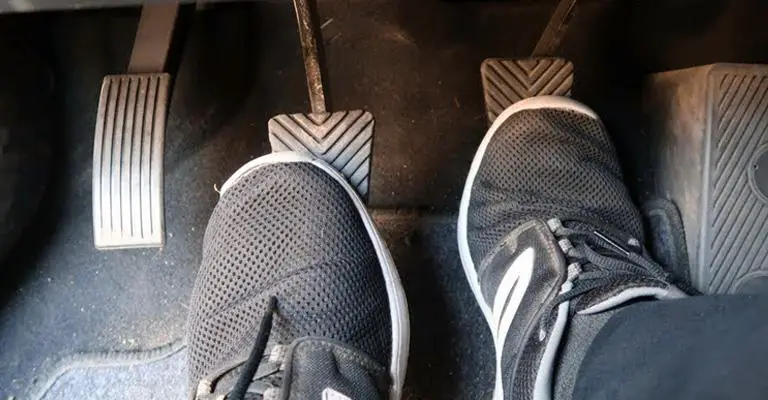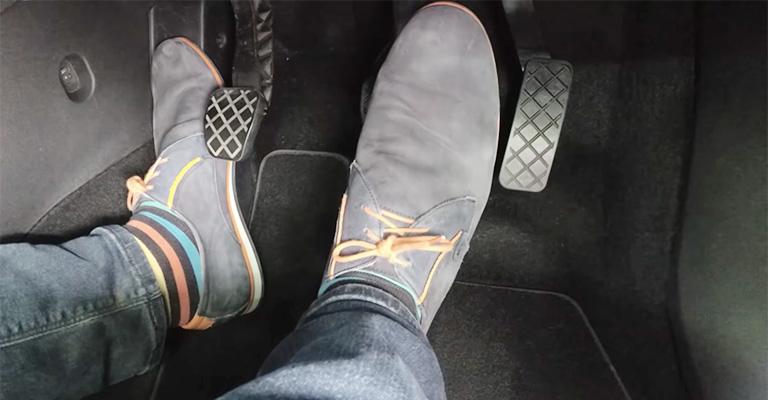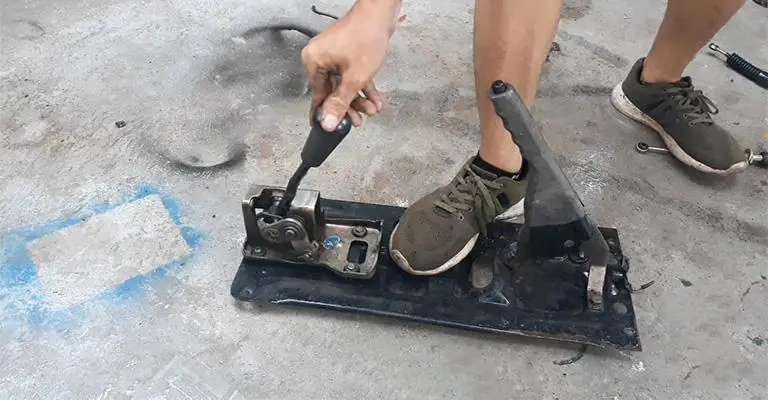In general, brake and clutch levers are not interchangeable. Brake levers are designed to activate the brake system on a vehicle, while clutch levers are used to engage and disengage the clutch on a manual transmission vehicle.
Brake levers and clutch levers may look similar in some cases, as they are both typically mounted on the handlebars of a vehicle and operated by hand. However, they serve different functions and are designed differently to suit their specific purposes.
Brake levers typically have a more extended lever arm and may have a mechanism for adjusting the lever reach to accommodate different hand sizes.
On the other hand, clutch levers are typically shorter and may have a mechanism for adjusting the tension on the cable or hydraulic line that activates the clutch.
It is important to use the correct lever type for its intended purpose, as using the wrong lever could result in reduced performance or even damage to the vehicle’s braking or clutch system.

Contents
Are Levers One-Size-Fits-All Across All Bikes?
You cannot use the same brake lever and clutch lever on all motocross and enduro bikes.
Depending on the bike brand, some levers may be the same across different models, or the design may be identical. Their fitting ability varies from manufacturer to manufacturer, however.
Consequently, a clutch lever that works on KTM, Husqvarna, and current GasGas big bikes will likely work on other brands as well.
It will, however, not fit on the Kawasaki KX450 and Honda CRF450R, which also uses hydraulic clutches. Likewise, a Yamaha shift lever and a Suzuki brake lever won’t fit.

Do Levers Come In Different Shapes?
There are different shapes for dirt bike levers, but this is usually more noticeable in the higher-end options like complete assemblies. Levers with nonstandard shapes are usually shorter or longer than those with standardized shapes.
What Type Of Levers Are Available?

Brake and clutch levers are available in various types and at various prices. It’s most convenient to replace the OEM part with a standard replacement – they typically duplicate the same bend and are incredibly cheap.
Another type of lever is an unbreakable clutch and brake lever, which is designed to bend backward, and sometimes up and down, depending on the model, so that, in the event of a fall, it will not break.
A lever set or combo is available as an individual item or in a set of several. Complete perches are another common type of lever. These levers have a unique bend and are easily adjusted.
With these levers, such as the Works Connection Elite perch or Pro Taper Pro Perch Assembly, you can adjust it quickly, increase the adjustment range, and enjoy a more fantastic feel for it.
When Should I Replace My Dirt Bike Levers?
Before going for another ride, we strongly advise any lever that breaks or has any damage, such as a crack, is replaced. In a crash, the sharp edges of broken levers can penetrate you, making the ride extremely dangerous.
Final Words
If you examine them closely, your current levers will show if they are identified quickly.
There is a good chance that they won’t be because the brake lever is usually attached to this little downward arm that puts pressure on the master cylinder during braking.
Remember, this is OEM, so you’ll probably have a different answer if you have aftermarket levers.
